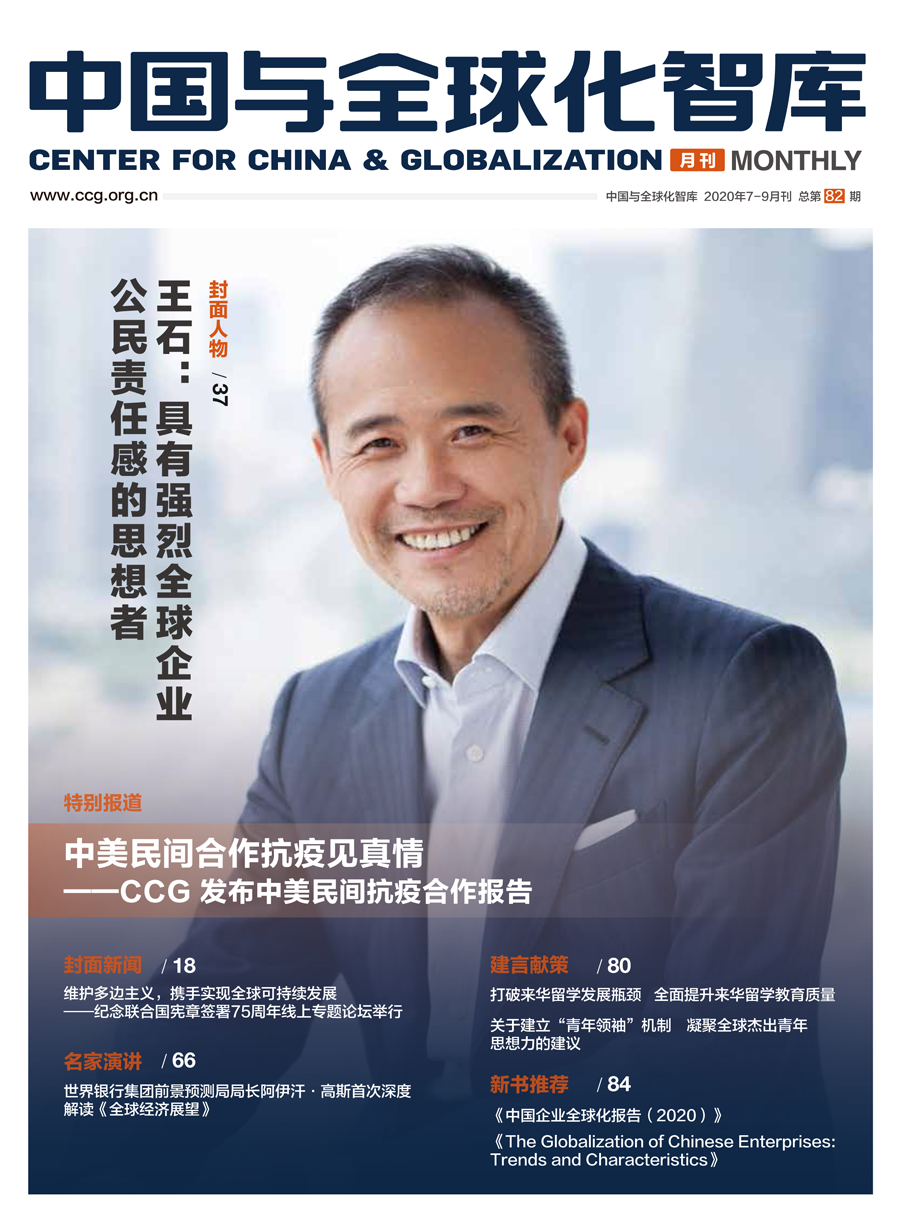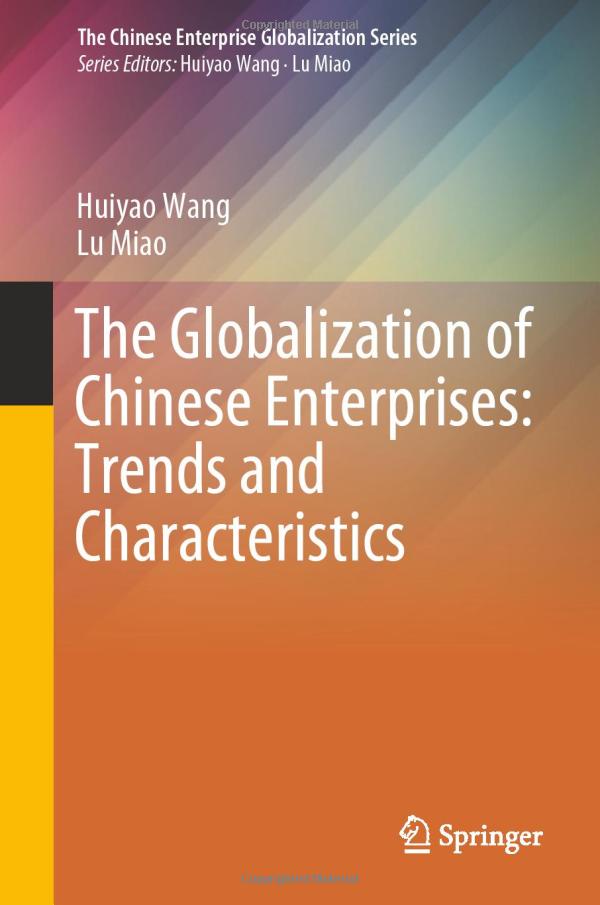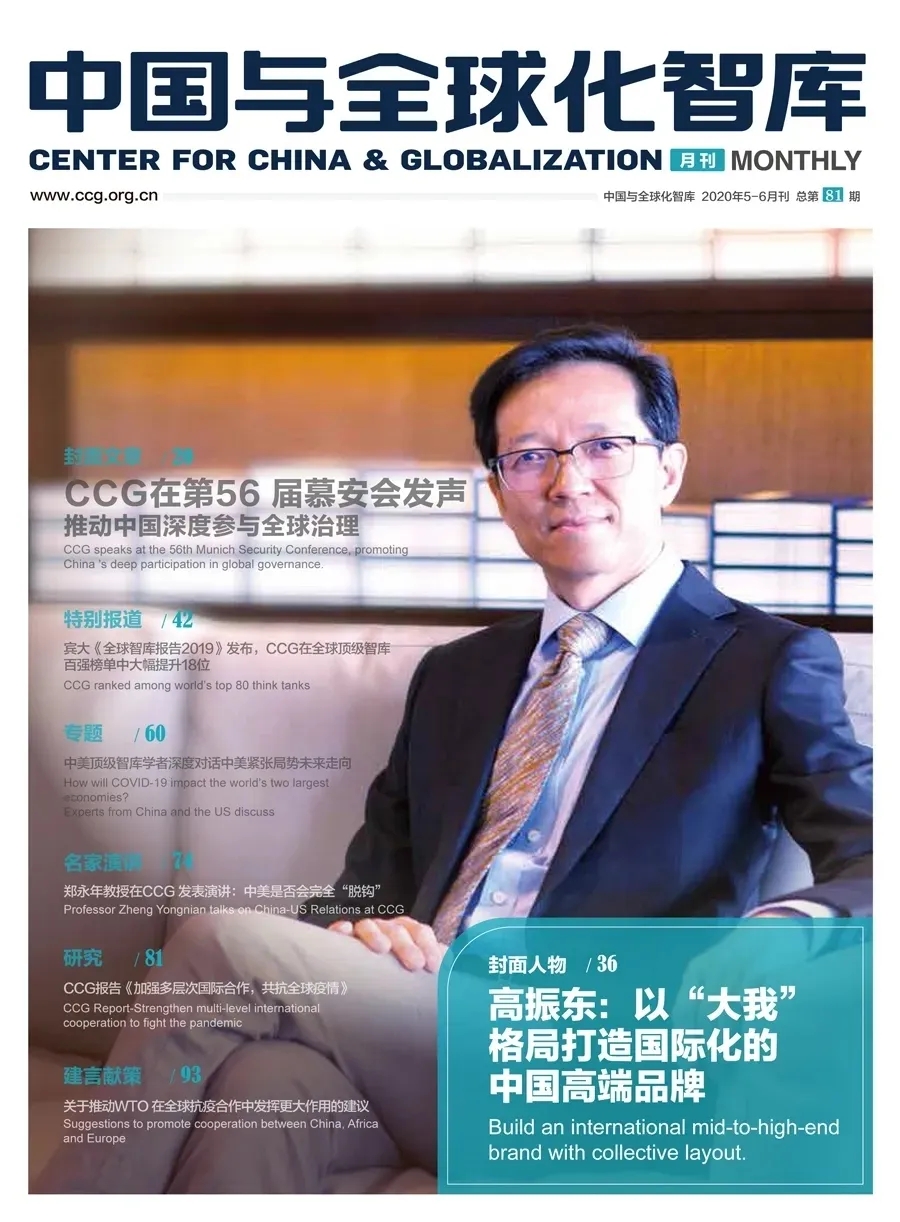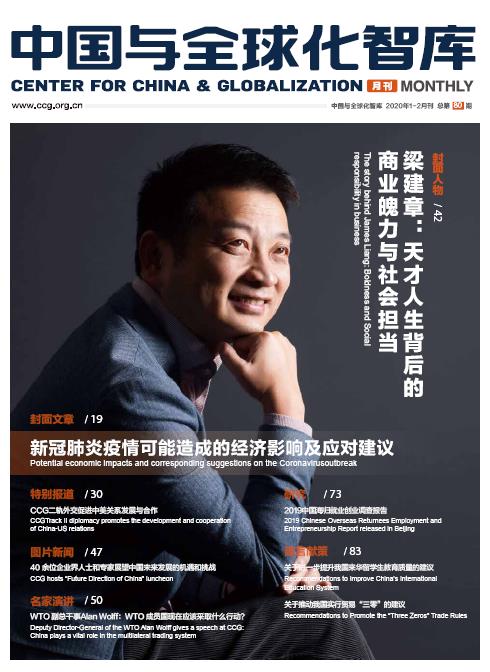Migrants and Cities: New Partnerships to Manage Mobility
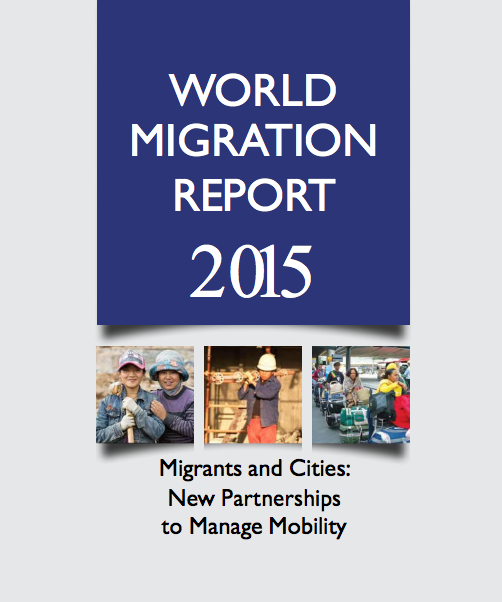
Publisher:
Author:
Release Date:
Click for Larger Picture
We live in a world which is becoming increasingly urban, where more and more people are moving to cities. Over 54 per cent of people across the globe were living in urban areas in 2014 (UN DESA, 2014).1 The current urban population of 3.9 billion is expected to grow in the next few decades to some 6.4 billion by 2050 (ibid.). It is estimated that three million people around the world are moving to cities every week (UN-Habitat, 2009). Migration is driving much of the increase in urbanization, making cities much more diverse places in which to live.
Nearly one in five of the world foreign-born population resides in established global gateway cities (Çağlar, 2014). In many of these cities such as Sydney, London and New York, migrants represent over a third of the population and, in some cities such as Brussels and Dubai, migrants account for more than half of the population. Other cities have seen a remarkable growth in migration in recent years. For example, the number of foreign residents in Seoul has doubled in the last ten years. In Asia and Africa, rapidly growing small cities are expected to absorb almost all the future urban population growth of the world (UN DESA, 2014) and this mobility pattern to cities and urban areas is characterized by the temporality and circularity of the internal migration process (Hugo, 2014).
The fast rate of urbanization, and rising migration to cities, brings with it both risks and opportunities for the migrants, communities and governments concerned. The World Migration Report 2015 – Migrants and Cities: New Partnerships to Manage Mobility explores how migration and migrants are shaping cities, and how the life of migrants, in turn, is shaped by cities, their people, organizations and rules. This report examines the relationships between migrants and cities on such issues as employment, housing and health, and also considers how migrants help to build and revive cities with their resources and ideas, both in the origin and host countries. The report also identifies innovative examples of how some cities are seeking to manage the challenges of increased global mobility and social diversity with varying degrees of success. It will highlight new policy developments concerning urban partnerships among migrant groups, local governments, civil society and the private sector which are designed to meet the challenges posed by migration and cities.
Migration and how it is governed, should be an issue at the frontline of urban planning and sustainable development. However, migration is largely omitted from the global debate on urbanization. There is a glaring absence of the mention of migrants in international planning for a new global urban agenda, such as Habitat III.3 Many city and local governments also still do not include migration or migrants in their urban development planning and implementation. Migrants are therefore still generally overlooked in global discourses on urbanization and cities.
